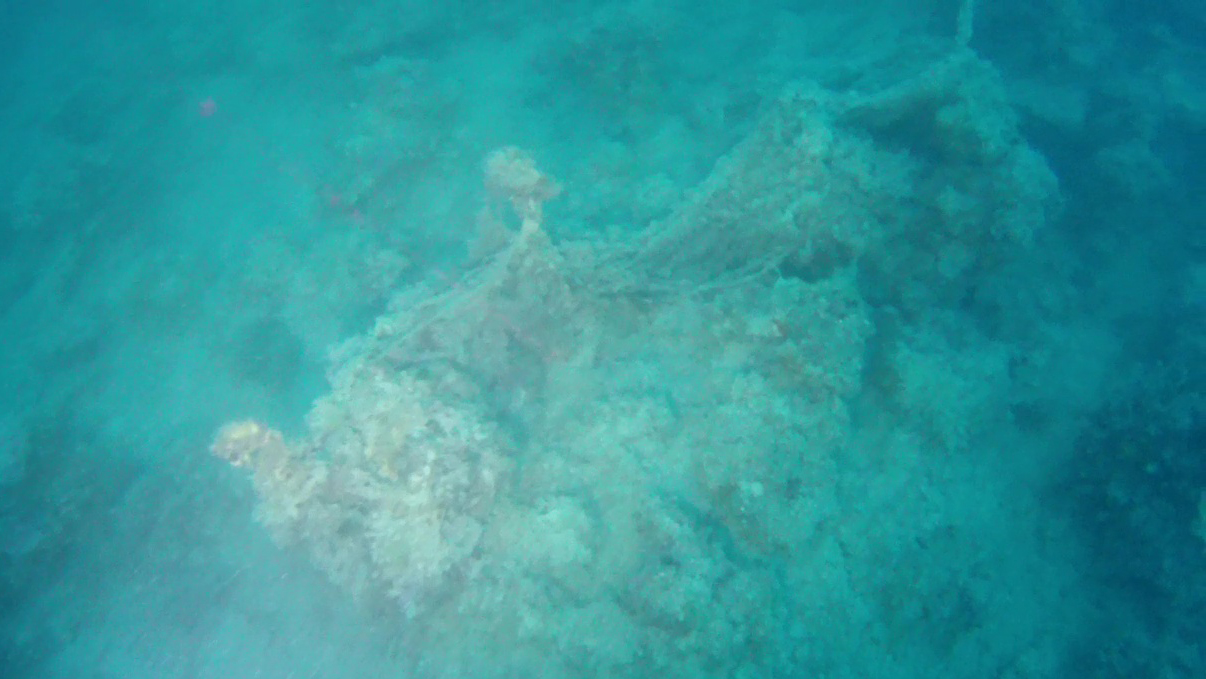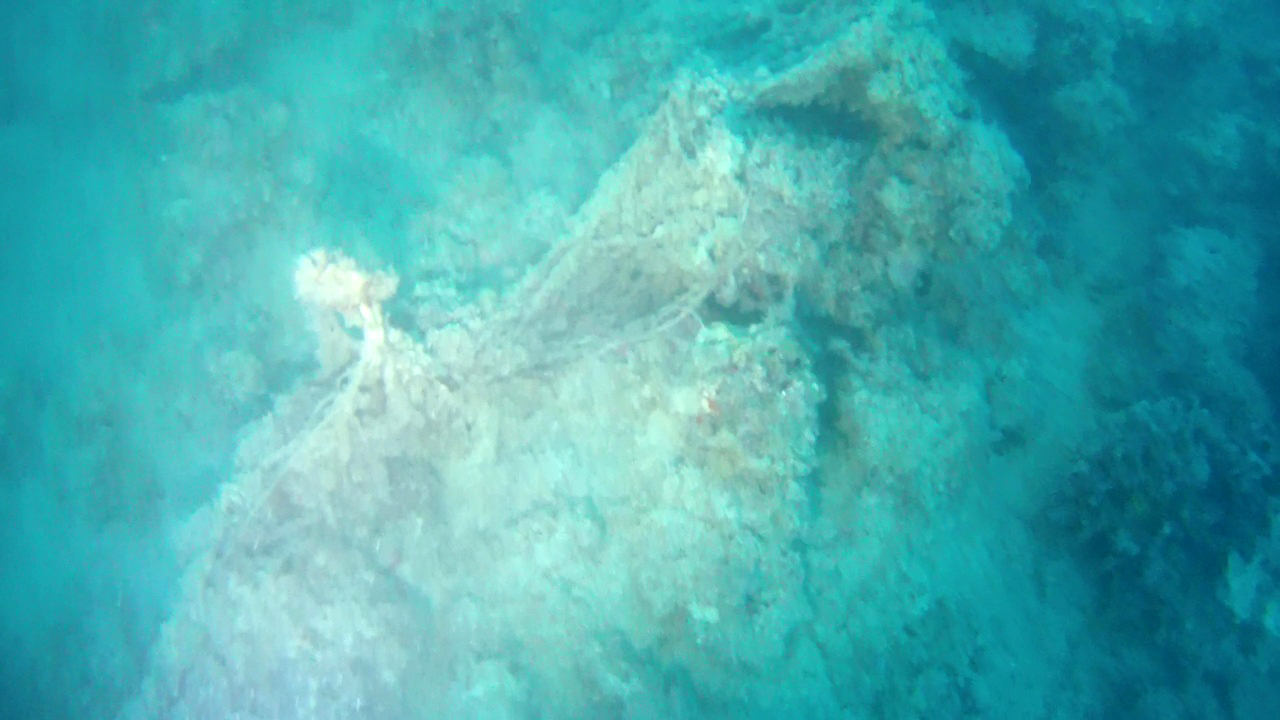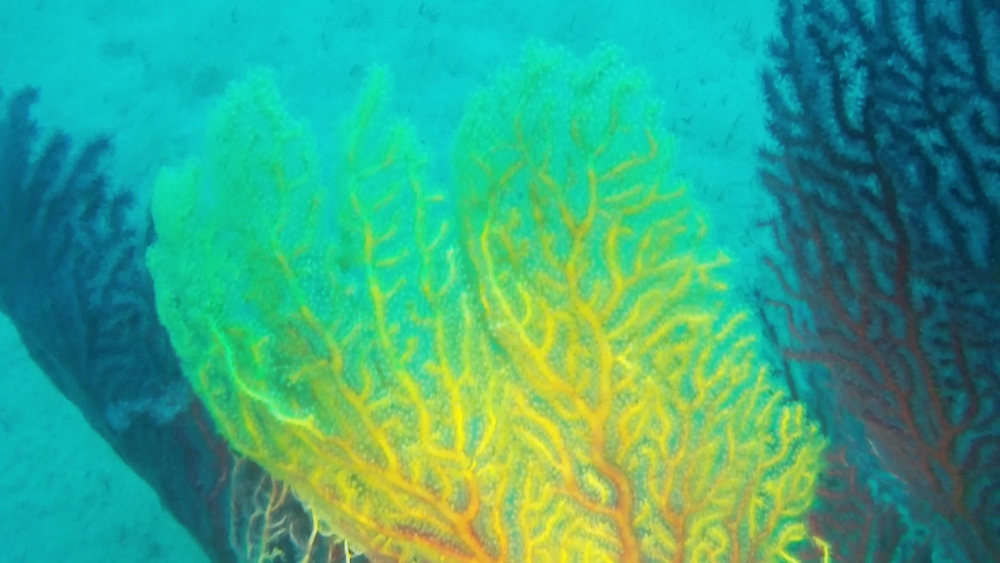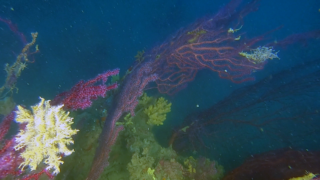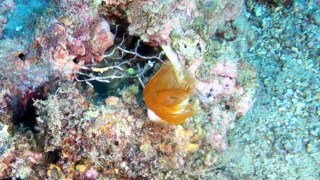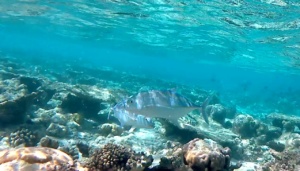Grabbed nets by the rocks, and therefore now lost, are one of the most frequent environmental damage in our seas. Not only because they continue to kill marine species of fish, molluscs, crustaceans, corals, turtles and dolphins, but because they are mostly made of plastic fibers such as nylon, polyethylene etc. Tramaglio perso Lost fishing net Intotheblue.it
In the video we see a trammel grasped for a long time, in a depth of about 20 meters deep and no more than a hundred meters from the coast, and the images demonstrate the environmental impact without too many turns of words. I followed the net for about 60 meters, and although apparently nature seems to regain its space, in reality in this type of seabed very close to the coast, once yellow gorgonians and lobsters flourished.
About 7% of fishing nets, whether they are, trammel nets, gill nets, drift nets, drifting or trawling, are lost at sea; 9% of traps and 29% of all lines are lost at sea or intentionally thrown away.
https://notiziescientifiche.it/il-7-delle-reti-da-pesca-viene-perso-in-mare-secondo-studio/
It is therefore not just a problem of microplastics that sooner or later will enter the food chain, but the most serious damage is that these nets remain grasped in submerged reefs where there is a very fragile ecosystem where corals such as sea fans, red coral, Savalia savaglia live a coral that lives for a thousand years.
 English
English Italiano
Italiano
